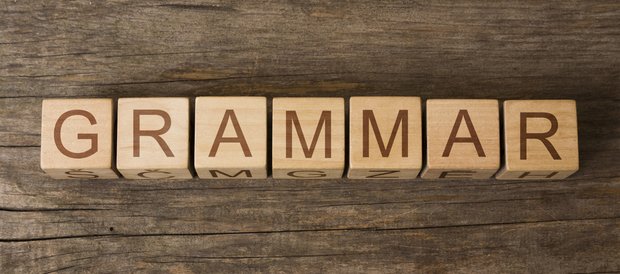Cohesive devices
Add to My Folder
Specialist tutor and freelance educational writer
Original article published 27 April 2016
Cohesive devices come in all different shapes and sizes, including determiners, pronouns, conjunctions, adverbs and ellipsis. Find out more with this brilliant article and activities.

Pupils should be taught to draft and write by… using a wide range of devices to build cohesion within and across paragraphs.
(National Curriculum for English, Writing, Years 5 and 6)
What are cohesive devices and why are they useful?
Cohesive devices are words or phrases that are used to link different parts of a text together, creating a logical ordered piece, rather than a series of random and unconnected sentences. In other words, they create cohesion. They help the writing to flow better and show how information in one sentence or paragraph relates to the previous one.
The examples of cohesive devices listed in the National Curriculum are:- determiners and pronouns, which can refer back to earlier words
- conjunctions and adverbs, which can make relations between words clear
- ellipsis of expected words
Already a member? Sign in below.
Published 22 January 2019
Reviews
Rated 4/5 from 6 ratings
You need to be signed in to place a review.




Jasmine Morris
on 21 February 2017
Amazing Cohesion
Tells you exactly what cohesion is. Very impressive!